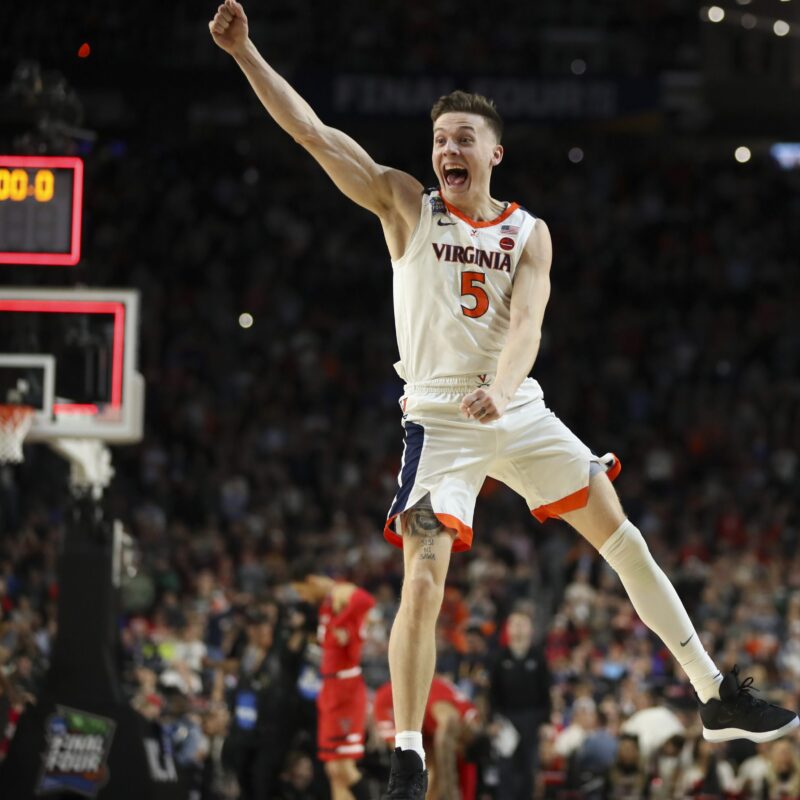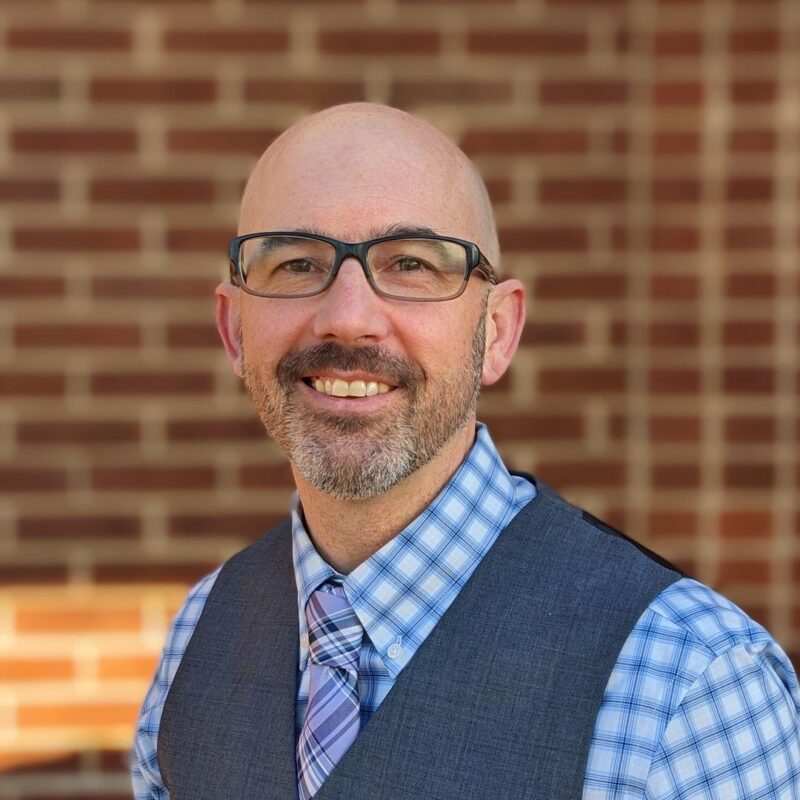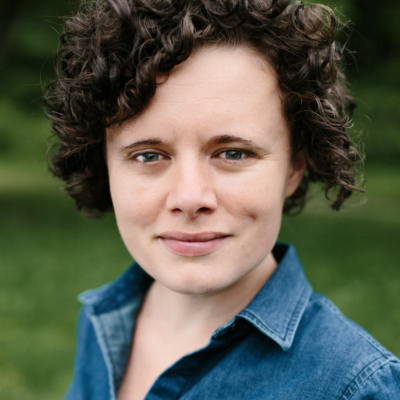On January 1, the Staff Union at UVA (SUUVA) officially ended its six-year run. Communications Workers of America (CWA), SUUVA’s parent union, cut its funding for lack of new membership. In December, SUUVA had 250 members, but CWA’s target was at least 1,000. UVA has roughly 17,000 full-time and part-time employees and faculty members.
Before deciding to dissolve, paying members had three options: Join a Verizon local union in Richmond; become part of a public service workers’ union in Williamsburg—both with a slight dues increase—or create an independent entity right here at UVA.
“We just felt like with any of the two local unions, we were not really going to get meaningful representation,” says former member Brad Sayler. The third option, create a local union, involved going through the process of incorporating a nonprofit organization and electing new members. “So, that’s what we were looking at: more money, not much in form of representation, basically just paying for the right to be a union,” he says.
Unionizing was made more difficult because Virginia is a “right to work” state that outlaws collective bargaining. For Sayler, it would take an organization with actual power to fill the void left by SUUVA, but without collective bargaining, UVA employees would have no leverage over the University’s
|
With Jan Cornell’s absence, “we are all going to have to be more vigilant,” says UVA employee Brad Sayler. |
administration. “There is no pressure that can be brought to bare on the administration, there is no threat that can be made,” he says. “Without that power, I think that most UVA workers feel, ‘What’s the use?’”
Sayler says that former SUUVA president Jan Cornell’s exit came at possibly one of the most difficult times. In early December, Governor Tim Kaine announced he was cutting $139 million more from this year’s budget and $230 million more from next year’s budget.
Executive Vice President and Chief Operating Officer Leonard Sandridge said UVA’s state funding will be reduced by $23 million over the next two years: $12.4 million for 2009-2010 in addition to earlier cuts of $10.6 million, for 2008-2009.
“The state reductions and, frankly, the general downturn of the economy have required us here at the University to look at every aspect of our operations in order to respond to those cuts,” he said in a conference call with reporters in December. Sandridge announced that UVA would manage its workforce through attrition.
“We are going from quarter to quarter looking at what the situation is,” he said. “At this point in time, we are able to say that we have maintained our commitment to the protection of our employees, and we have no plans at this point for layoffs.”
Sayler says University workers are grateful that UVA has decided not to weather through this economic crisis without layoffs. Yet, he says that with Cornell’s absence, “we have lost an important watchdog here in the University community, and we are all going to have to be more vigilant.”
And that attention to the well-being of employees will include keeping abreast with developments on the Human Resources (HR) front. The open enrollment period to switch from Classified Staff to University Staff ended on New Year’s Eve. SUUVA members have vocally criticized the new HR plan.
UVA’s HR department has not yet released the number of employees who switched from the old plan to the new one, but it describes the enrollment process as “simple.” All employees received a package in the mail “with a personalized side-by-side comparison for the new Plan vs. their current circumstances,” according to an e-mailed statement.
C-VILLE welcomes news tips from readers. Send them to news@c-ville.com.






